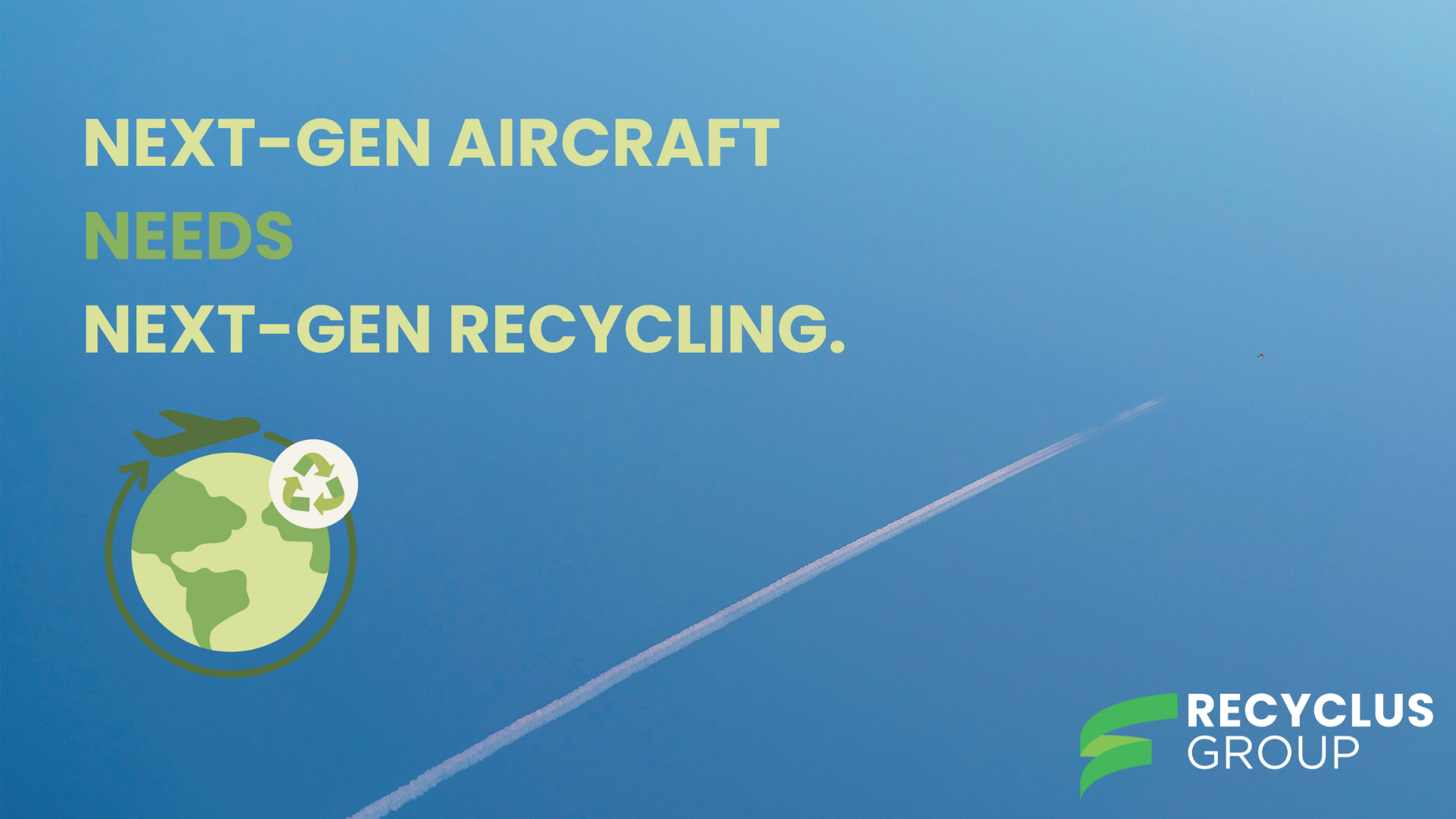Electric Aviation is Taking Off – But What Happens to the Batteries?

As the aviation sector accelerates toward a new era of electrification, a quiet revolution is taking place in the skies. From light aircraft to eVTOL (electric vertical take-off and landing) vehicles, next-generation electric aviation is no longer a distant vision; it is fast becoming a commercial reality. But as the pace of innovation intensifies, one question is increasingly front and centre: what happens to the batteries?
A New Era for Aerospace
Electrification in aviation is advancing at an unprecedented rate. The Bristell B23 Energic aircraft, powered by lithium-ion batteries, offers quiet, zero-emission flight and serves as a training platform for the next generation of pilots. Meanwhile, companies like AutoFlight are seeking certification for eVTOL cargo solutions capable of carrying up to two tonnes, demonstrating that electrified air travel is no longer just for the individual commuter, but also for industrial and logistical applications.
Driven by environmental regulations, rising fuel costs, and technological breakthroughs, electric aviation is poised to transform how we travel, deliver goods, and respond to emergencies. According to industry forecasts, at least seven eVTOL designs are expected to launch within the next few years, with backing from governments, aerospace giants, and venture capital alike.
Lithium-Ion Batteries: Enabling Flight, Demanding a Plan
The common denominator across all electric aircraft is the lithium-ion battery. These high-performance systems are enabling aircraft to reach new heights in efficiency, noise reduction, and sustainability.
Unlike traditional aviation fuels, lithium-ion batteries degrade over time and must be replaced after a certain number of cycles. As aircraft systems require absolute reliability, aviation-grade batteries are expected to be retired earlier than those in less critical applications. Without a robust recycling infrastructure, this could result in an influx of high-value, high-risk waste.
The Role of Battery Recycling
As pioneers in lithium-ion battery recycling, Recyclus has built the infrastructure to support a circular economy for electric aviation. Our industrial-scale processes recover critical raw materials, such as lithium, cobalt, nickel, and manganese, preventing them from ending up in landfills or being exported for processing in less regulated environments.
Furthermore, our technologies can safely handle end-of-life and damaged batteries, including those involved in thermal runaway, a particular concern in aerospace applications where safety is paramount. By enabling responsible disposal and resource recovery, Recyclus is supporting the aerospace sector’s transition to clean flight.
Powering a Sustainable Flightpath
Electric aviation represents a leap forward in sustainable transport, offering solutions for everything from emergency response and cargo logistics to commuter travel and military operations. But it is only sustainable if the materials that power it are reused, not wasted.
With the electrification of aerospace fast approaching, now is the time to plan for what comes after take-off and ensure that the future of flight remains truly green from end to end.
